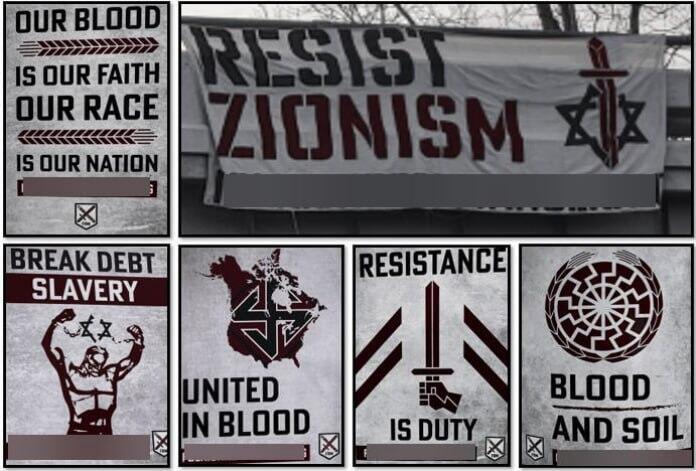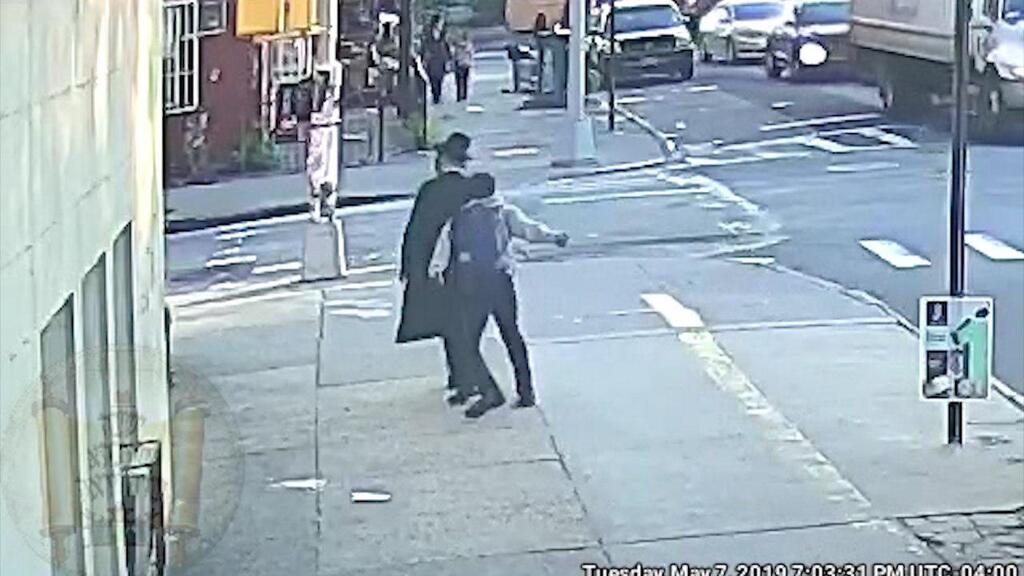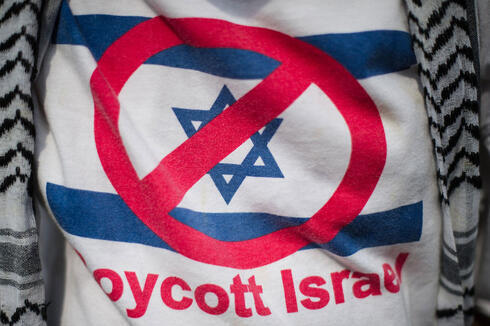Getting your Trinity Audio player ready...
Antisemitic incidents surged to historic levels in 2022, with a total of 3,697 incidents reported across the United States, an increase of 36% compared to 2021 – also a record-setting year – according to new data released today by ADL (the Anti-Defamation League).
The ADL Audit of Antisemitic Incidents found, on average, 10 incidents for each day in 2022 – the highest level of antisemitic activity since ADL started keeping records in 1979 – following an upward trendline of hate and vitriol directed against the American Jewish community over the last five years. This is the third time in the past five years that the year-end total has been the highest number ever recorded.
According to the ADL Center on Extremism, which compiles the annual Audit, there were increases in each category: Incidents of harassment rose 29% compared to 2021; acts of vandalism surged 51%; and physical assaults jumped 26%.
Significantly, the report found a doubling in activity by organized white supremacist groups, who were responsible for 852 antisemitic propaganda distribution incidents last year – an increase from the 422 propaganda incidents attributed to white supremacist groups in 2021.
“We’re deeply disturbed by this dramatic and completely unacceptable surge in antisemitic incidents," said Jonathan Greenblatt, ADL CEO and National Director. "While we can’t point to any single factor or ideology driving this increase, the surges in organized white supremacist propaganda activity, brazen attacks on Orthodox Jews, a rapid escalation of bomb threats toward Jewish institutions and significant increases of incidents in schools and on college campuses, all contributed to the unusually high number."
He added that “This data confirms what Jewish communities across the country have felt and seen firsthand – and corresponds with the rise in antisemitic attitudes. From white nationalists to religious fanatics to radical anti-Zionists, Jewish people see a range of very real threats. It’s time to stop the surge of hate once and for all.”
111 incidents were categorized as assault
In 2022, ADL counted antisemitic incidents in all 50 states and the District of Columbia. The Audit classifies incidents into three categories:
Assaults: 111 incidents were categorized as assault, defined as cases where Jewish people (or people perceived to be Jewish) were targeted with physical violence accompanied by evidence of antisemitic animus. This was an increase of 26% compared to 2021. A total of 139 people were victims of assault, an increase of 6%. There was one fatality.
Perpetrators in four of the antisemitic assaults made references to Israel or Zionism. Orthodox Jews, who typically are more easily identifiable than other members of the Jewish community, were disproportionately targeted – comprising 53% of assault incidents nationally.
Harassment: 2,298 incidents were categorized as harassment, defined as cases where one or more Jewish people (or people perceived to be Jewish) were harassed with antisemitic slurs, stereotypes, or conspiracy theories. Acts of harassment increased by 29%, up from 1,776 incidents in 2021.
Vandalism: 1,288 incidents were categorized as vandalism, defined as cases where property was damaged along with evidence of antisemitic intent or had an antisemitic impact on Jews. Acts of antisemitic vandalism increased 51% from the 853 incidents reported in 2021. Swastikas, which are generally interpreted as symbols of antisemitic hatred, were present in 792 of these incidents, up 37% from last year.
Bomb threats toward Jewish institutions
The states with the highest number of incidents were New York (580), California (518), New Jersey (408), Florida (269) and Texas (211). Combined, these five states accounted for 54% of the total incidents.
There were 589 incidents targeting Jewish institutions such as synagogues, Jewish community centers, and Jewish schools, an increase of 12% from 525 in 2021. This includes the January hostage crisis at a synagogue in Colleyville, Texas, which ended without casualties and the British hostage-taker, an Islamist extremist reportedly inspired by ISIS propaganda, dead. Bomb threats toward Jewish institutions were unusually high, with a total of 91 – the highest number of bomb threats recorded since 2017.
Antisemitic activity reported on college and university campuses increased by 41% in 2022, with 219 incidents reported at more than 130 campuses across the country. In non-Jewish K-12 schools, 494 incidents were reported, an increase of 49%.
“It’s deeply troubling that there was such a sharp increase in school- and college-based antisemitic acts,” said Greenblatt. “This is a reminder of the need for more targeted education efforts aimed at rooting out hate and teaching acceptance. Holocaust education is increasingly important, which is why we are advocating for the passage of state laws mandating Holocaust education so schools are equipped to teach that history and ensure its lessons endure.”
'Anti-Zionism is hateful'
Antisemitic incidents tied to opposition to Israel or Zionism remained at concerning levels with 241 incidents, accounting for 6.5% of the total in 2022. This is higher than the 178 incidents reported in 2020, but a decline from 345 reported in 2021, which was unusually high due to incidents linked to the Israel-Gaza war in May of that year.
The largest number of incidents – 70 – was associated with hostile anti-Israel groups such as Witness for Peace and Students for Justice in Palestine, an increase of 19% from 2021. 69 of the incidents were cases of harassment. In one incident, an anti-Israel activist physically assaulted a Jewish person during a protest hosted by the group Within Our Lifetime (the attacker later pleaded guilty to hate crime charges.)
Of the 241 anti-Zionist/ anti-Israel-related incidents, 36 incidents took the form of white supremacist groups’ use of propaganda to foment anti-Israel and antisemitic beliefs.
"Regardless of where it comes from, anti-Zionism is hateful, especially when it is used to intimidate students on campus,” Greenblatt said. “It is disturbing to continue to see both anti-Zionists on the far left and white supremacists on the far right using similar memes and tropes to spread antisemitism and hate, underscoring the fact that extremists from all sides rely on similar ideas to spread their hate.”
Mainstreaming of Antisemitism in Popular Culture
Some incidents were directly linked to events in the news. For example, hip-hop artist Ye (formerly known as Kanye West) was directly referenced in 59 incidents, an example of how his highly publicized antisemitic statements last year resonated with or motivated perpetrators. Extremist Black Hebrew Israelite groups were responsible for eight incidents, most notably surrounding the controversy involving basketball player Kyrie Irving.
“In a year when antisemitism found mainstream acceptance like never before, antisemites were emboldened to act on their animus,” said Oren Segal, Vice President of the ADL Center on Extremism. “From the antisemitic ‘Great Replacement’ theory to Ye’s claims about Jewish power, these conspiracies fueled real-world incidents of hate.”





